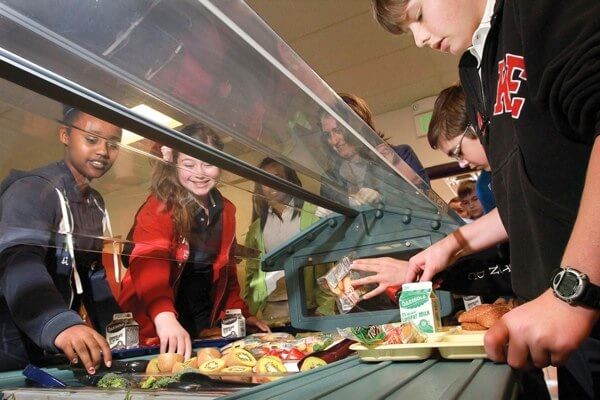By Naeisha Rose
Ahead of his State of the State address Wednesday, Gov. Andrew Cuomo previewed his five-step plan to combat hunger for food insecure students from kindergarten through college. Cuomo’s announcement could not have come at a better time for Queens’ children.
Throughout Queens, there are 63,798 children who were in food insecure homes from 2014 to 2016, according to statistics reported by the non-profit Hunger Free America. That is about 10.3 percent of the borough’s youngsters.
Hunger Free America, which does research, advocacy and policy work to combat hunger, said in a 2017 Survey of NYC Foods Pantries & Soups Kitchens that if President Donald Trump goes through with his tax plan to slash $192 billion from the Supplemental Nutrition Assistance Program, the city’s food bank that helps the hungry, food deprivation among these individuals could get worse.
Approximately 2.7 million New Yorkers across the state struggle to get food, and nearly 1 million are children, according the governor.
In both the city and state, one in every 10 working adults was food insecure, the Hunger Free America report said.
Cuomo’s first step will be to ban food shaming for children whose families struggle to provide food starting in the 2018 to 2019 school year, according to www.gover
This means adults in educational institutions can no longer force children to wear stickers or bracelets, which brand them as food insecure or call their names out on loud speakers to identify them as such. Also, these children will no longer get lesser quality food.
The second step on the agenda is to require breakfast after the morning school bell, because the students who are bused often arrive after meal is available.
To ease the transition, institutions with 70 percent of children who are eligible for free or reduced-price lunch can have breakfast in class or the school can provide vending machines with nutritious options. To further help the initiative, 1,400 schools will receive $7 million in capital funds, said Cuomo.
Cuomo’s third step is to double the investment of Farm to School projects by spending an additional $750,000 to connect schools with fresh food from local farmers. This will bring the total for the project to $1.5 million, support 18 of those programs and help an additional 328,000 students. Before the investment, 324,000 students received that benefit, but by next year there will be 652,000 total.
The governor’s fourth step to help students is to encourage schools that do not have healthy food options to invest in locally farmed food with higher food reimbursements. Instead of the usual 5.9 cents reimbursement per lunch, schools will get 25 cents per lunch for any district that gets 30 percent of ingredients from farmers in the state.
Cuomo’s last objective is to require food pantries on all SUNY and CUNY campuses.
In a report conducted by several national campus organizations, the governor discovered 48 percent of survey respondents experienced food insecurity 30 days before his announcement. Over 50 percent of those surveyed did not buy a textbook because of a lack of food.
Cuomo will be investing $1 million to implement that program.
Reach reporter Naeisha Rose by e-mail at nrose





































